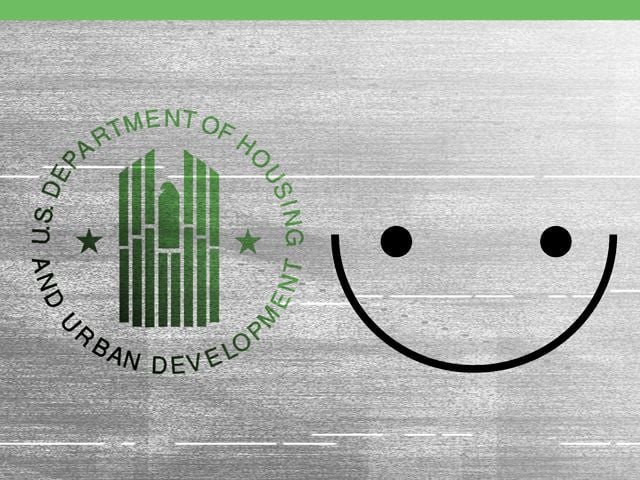Over the next two weeks, Next City will unroll short profiles of 77 people, places and ideas that have changed cities this year. Together, they make up our 2012 Disruption Index. Forefront subscribers can download the Index in full as a PDF, complete with beautiful designs and graphics by Danni Sinisi. Readers who make a $75 donation to Next City will have a full-color printed copy of the Index mailed to them.
Poverty tends to concentrate and reinforce itself. This is no surprise to the U.S. Department of Housing and Urban Development, which has watched for decades as its housing projects devolved into pits of criminality and hopelessness. In the 1990s, the department decided to try something new. As a sort of test, it launched a program called Moving to Opportunity for Fair Housing that relocated public housing residents from high-poverty areas to low-poverty areas to see what would happen. HUD figured this would help bring people out the downward cycle of poverty. But research published this year in the journal Science found that moving didn’t really result in any economic gains. However, it did greatly improve the mental and physical health of the people who moved, as well as their sense of personal wellbeing.
Some discounted the effort as a failure; poor people stay poor even if you move them to richer neighborhoods, the findings suggest. But Xavier de Souza Briggs, a professor of sociology and urban planning at the Massachusetts Institute of Technology and co-author of the book Moving to Opportunity, says the results are actually important signs that the program, in some ways, is a success. “‘Quality of life’ sounds like a consolation prize until you think about what it would be like to raise your kids in an urban war zone,” Briggs says, “which is what these neighborhoods were, especially at the height of the crack epidemic in the early 1990s, when the experiment launched.”

Nate Berg is a writer and journalist covering cities, architecture and urban planning. Nate’s work has been published in a wide variety of publications, including the New York Times, NPR, Wired, Metropolis, Fast Company, Dwell, Architect, the Christian Science Monitor, LA Weekly and many others. He is a former staff writer at The Atlantic Cities and was previously an assistant editor at Planetizen.




_600_350_80_s_c1.jpg)











